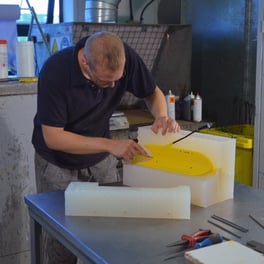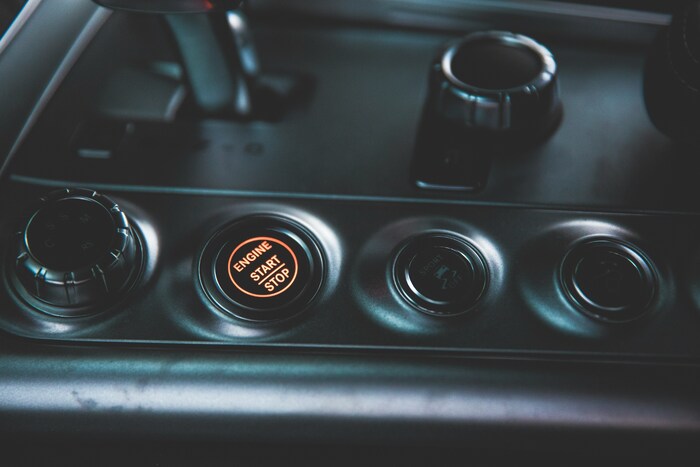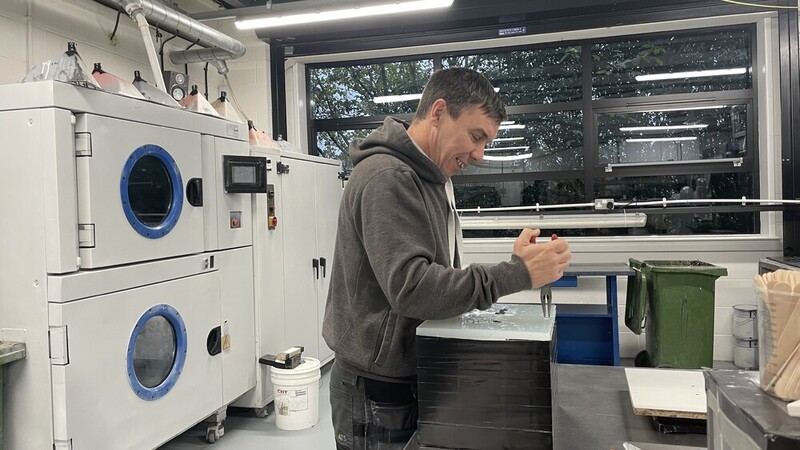In the fast-moving world of automotive design, time is everything. Whether you're a Tier 1 supplier, OEM, or startup EV brand, getting from concept to component quickly can define your market edge. Vacuum casting is increasingly becoming a go-to solution in the automotive industry — bridging the gap between prototype and production.
What Is Vacuum Casting?
Vacuum casting is a rapid manufacturing process that uses silicone moulds and polyurethane resins to create high-quality plastic parts. Often used with 3D printed master models, this technique delivers production-like parts with excellent surface finish, accuracy, and repeatability — all without the cost and lead time of hard tooling.
Why Automotive Brands Use Vacuum Casting
1. Rapid Prototyping of Functional Parts
Engineers use vacuum casting to validate form, fit, and function of components like:
-
Interior trim (dashboards, bezels, vents)
-
Exterior features (light housings, badges, grilles)
-
Under-hood covers and brackets
These parts mimic final injection moulded components in strength and appearance — ideal for fitment tests, demo builds, or early-stage crash validation.

2. Low-Volume Production & Pre-Launch Builds
Vacuum casting is perfect for limited production runs of 10–100+ parts, making it ideal for:
-
Pre-series builds
-
Custom vehicle projects
-
Motorsport components
-
Electric vehicle pilot runs
This flexibility allows automotive brands to test markets or deliver bespoke solutions without the high cost of steel tooling.

3. Design Validation Before Tooling Investment
Before committing to expensive injection mould tools, vacuum casting lets teams trial multiple design iterations quickly and affordably — often in days, not weeks. That reduces risk and compresses development timelines.
Key Benefits for Automotive Applications
- Fast Turnaround: Parts can be delivered in as little as 7–10 days.
- Cost-Effective: No need for metal tooling — lower upfront investment.
- Material Variety: PU resins that mimic ABS, PP, rubber, and even clear PC.
- Excellent Finish: Smooth, injection-moulded-like surfaces ready for painting or texture.
- Tight Tolerances: Ideal for critical components and assembly testing.
Vacuum Casting vs Injection Moulding in Automotive
| Feature | Vacuum Casting | Injection Moulding |
|---|---|---|
| Best for | Prototypes, low-volume parts | Mass production |
| Tooling | Silicone | Steel/Aluminium |
| Cost | Low upfront | High upfront |
| Lead time | 1–2 weeks | 6–12 weeks |
| Part accuracy | High | High |
Ready to Accelerate Your Development?
At AME-3D, we help automotive innovators move faster, smarter, and more affordably with vacuum casting solutions built for real-world performance. Whether you need 10 parts or 200, we’re here to support your next breakthrough.
Contact us today to discuss your automotive vacuum casting project.




